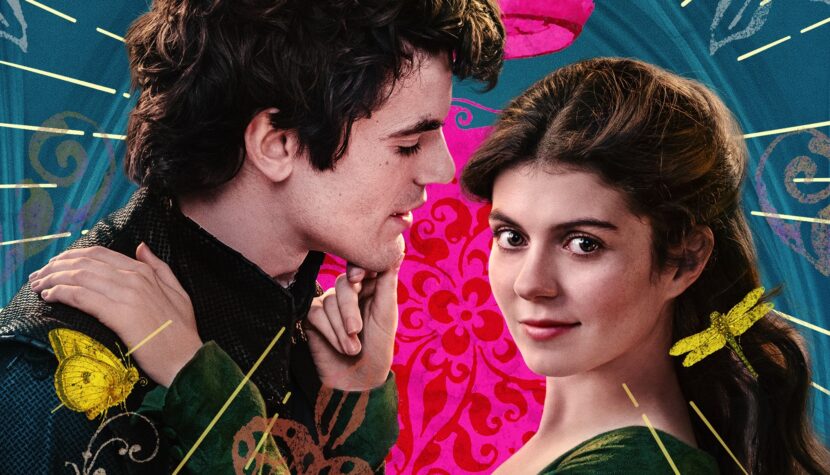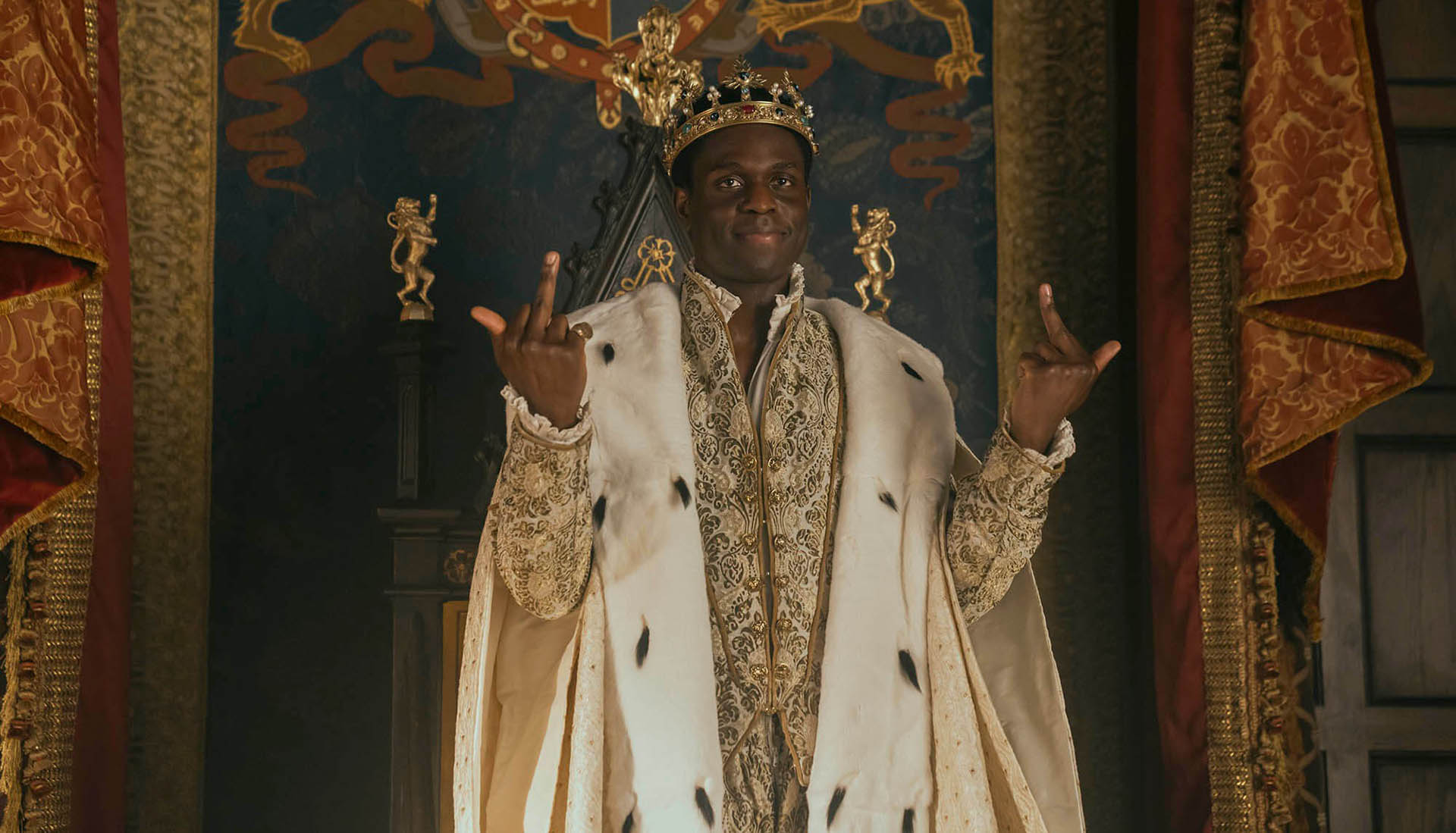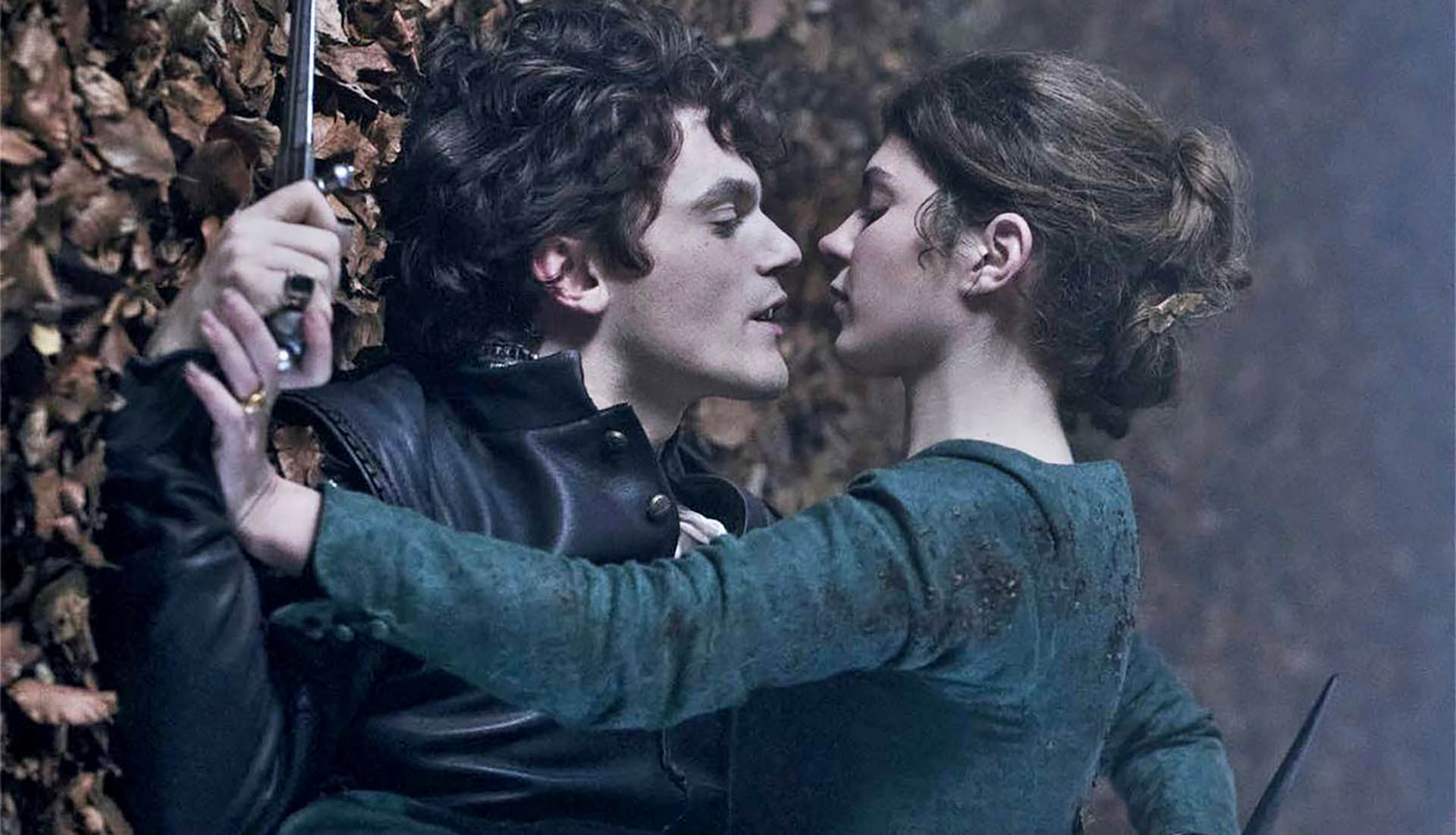MY LADY JANE. English History with a Wink Like the Polish 1670 [REVIEW]

My Lady Jane unfortunately isn’t as funny as the Polish series 1670, but that’s probably due to the different historical settings. Nevertheless, it is very entertaining, and viewers likely won’t expect this kind of style. I didn’t either, but after the heavy stories from centuries past like The Tudors or Elizabeth, it’s nice to watch something light, with sharp criticism directed at the difficult English history that has left its mark on Europe, including the unfortunate impact on Polish nobility. This bold satire was missing for us Poles, and it’s good that we were the first to create it. Now, as non-novices, we can assess what Amazon has achieved.
The premise of the series is to put Jane Grey on the throne of England and keep her there a bit longer than the historical nine days. I won’t spoil whether this attempt is successful. In reality, this process wasn’t easy, even for such a short period. In Amazon’s series, Lady Jane’s path to the throne is also very bumpy, which adds to the adventurous and humorous elements. Interestingly, the creators decided to introduce fantasy elements with shapeshifting Etian, whom the proper English nobles hunt with the zeal of Nazi fanatics. There will also be a black king suffering from the so-called “whooping cough,” caused by his sister’s regular poisoning. The king is not shapeshifting but has a dog who is actually a woman. Lady Jane appears in this company, defending herself as best she can from an arranged marriage, although her potential husband might please her if he can control his Etianism, as it’s hard to live with someone who is human only at night and turns into a horse by day. As you can see, the plot is multifaceted and crazy, yet far from senseless slapstick. This is a great advantage of My Lady Jane because pastiche comedies often go beyond the bounds of abstraction, where the joke functions as something detached from the story, something that can be taken from the production and performed on stage without the audience realizing it was once part of a film production.

I admit that I recognized only two faces in the cast – Dominic Cooper and Rob Brydon. Maybe Anna Chancellor caught my eye as well. However, in the role of Lord Guildford Dudley, I would see Henry Cavill, but that’s probably due to Edward Bluemel’s resemblance to him, whom I didn’t recognize from any film until now. By listing these actors, I’m not criticizing their lack of fame. Rather, I want to emphasize that completely unknown faces to me turned out to be wonderful artists who excellently portrayed difficult roles, balancing pastiche and drama. My Lady Jane isn’t a silly comedy about crazy and empty aristocrats but a smart satire on English royalty. Similarly, the Polish 1670 is a humorous yet painful critique of our nobility, sometimes even diagnosing why our history led to the partitions, thanks to the behavior of noble dress-ups, essentially no different in mentality from the peasants they tormented. That’s how revolutions are always born, from the replacement of the so-called cadres who have access to the proverbial trough. The fantasy element with shapeshifters, whom the elites want to eradicate from society, thinking it’s a trait exclusive to the poorest members, helps strengthen this critical value in My Lady Jane. That’s not true. Etian, like homosexual people, are born at every level of the social ladder. They just perceive, hide themselves, and treat similar others differently. King Edward in the series is a good example – black, homosexual, radically different from his surroundings, yet signing laws against the Etian. What hypocrisy, or maybe necessity? Critics of the nobility often forgot that their freedoms also had a price, sometimes very high, and the fear of possible downfall made them pursue the interests of the caste, often disagreeing with them and under social blackmail.

My Lady Jane is a comedic historical series with adventure elements that might not captivate the imagination after the first episode, but subsequent ones change that state for the viewer. The opening sequence, depicting the madness of English succession in an animated nutshell, and the main title appearing in a very clever way as a typographical cut in one of the live-action scenes, deserve special praise. I highlight this prologue because nowadays, series creators approach the aesthetics of introducing the viewer to episodic stories less creatively, so any unconventional or less common approach in this matter stands out. The editing is brisk, and the music is a unique mix of contemporary pop and rock hits and classical music from various eras. All this, of course, is wrapped in colorful cinematography and neat special effects showing the transformation of people into animals and vice versa. The story is watched without pathos, although some unsophisticated curses could sometimes be more refined. Generally, good fun laced with reflections on class privileges and human rights to a dignified life regardless of race or nationality. Rating: 7/10.

